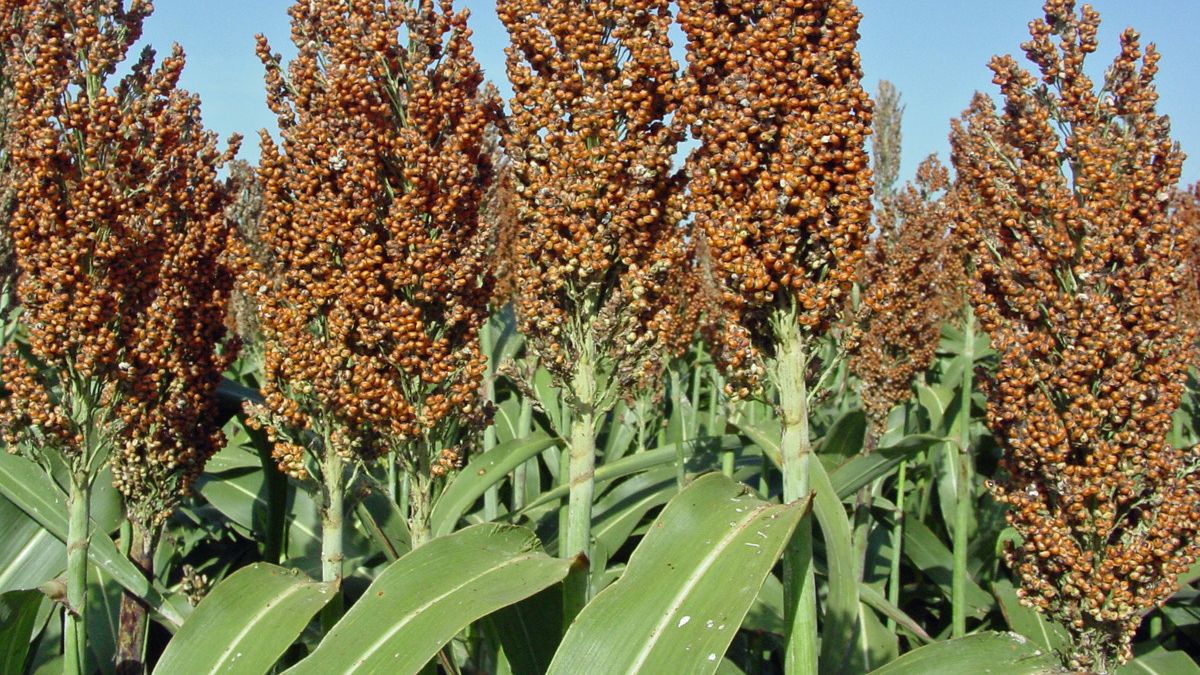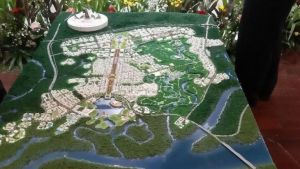
JAKARTA - A number of countries have issued policies prohibiting the export of food commodities after food prices in the international market continued to soar due to the Russo-Ukrainian war. These food commodities are not only limited to vegetables and fruit, but also staple foods such as rice and wheat.
In early May 2022 alone, India decided to ban wheat exports following a heat wave that is likely to reduce wheat production to 105 million tonnes for the 2022/2023 fiscal year. Lower than the previous projection of up to 113.2 million tons.
CNBC said India's decision to ban wheat exports made prices jump 6 percent to US$12.5 per bushel in mid-May 2022 trading. Wheat prices even hit a 14-year high on May 17, 2022 to US$12.8 per bushel.
This impact was clearly to be expected. Apart from Russia, Ukraine and China, India is also the world's largest exporter of wheat. India and China can contribute to meet 30 percent of the world's population of wheat.

On that basis, the government decided to develop wheat substitute crops such as sago and cassava. The government is currently preparing to start a pilot project for the development of sorghum.
"Mr. President Joko Widodo asked that a roadmap be drawn up until 2024. The President also asked that Waingapu Regency in East Nusa Tenggara Province be prioritized," said Coordinating Minister for Economic Affairs, Airlangga Hartarto in a press conference after an internal meeting with the President at the State Palace, Thursday (4/8). ).
Until June 2022, the realization of sorghum planting area is 4,355 hectares spread over 6 provinces. The sorghum planting area has an estimated production of 15,243 tons or a productivity of 3.63 tons/hectare.
Then, based on the roadmap, the development target in 2023 is to increase the planting area to 30,000 hectares spread over 17 provinces with a production of 115,848 tons, assuming a province of 4 tons/hectare. The following year it increased again to 40,000 hectares with a production of 154,464 tons.
Creating EcosystemThe pilot project, said Airlangga, is also integrated with offtakers so as to create a good ecosystem. One of the offtakers that the government is considering is the animal feed industry where the raw material for the animal feed industry is 50 percent corn and 50 percent other protein. Of course, one of these other proteins is sorghum which can also be used as animal feed offtake.
"Regarding offtakers, there are already 8 small and medium-sized industries that have been traditional markets for sorghum. In the future, offtakers for the industry will be built according to the amount of land being expanded," he added.
Currently, Airlangga added, President Jokowi has assigned a number of ministries to make the pilot project a success, namely the Ministry of Agriculture preparing machine tools and preparing livestock so that a sorghum ecosystem can be formed in Waingapu Regency, East Nusa Tenggara.

The Coordinating Ministry for Economic Affairs prepares a roadmap. The Ministry of SOEs and the Ministry of Energy and Mineral Resources are preparing for the development of bioethanol.
The Ministry of Public Works and Public Housing prepares water needs in the form of irrigation or reservoirs in the first cluster area to be tested, namely in East Nusa Tenggara Province.
Jokowi also hopes that the National Research and Innovation Agency (BRIN) can continue to develop sorghum varieties.
“In the first cluster, it is hoped that it can be evaluated in 100 days because this plant is a three-monthly plant. Everything needs to be prepared so that we have substitutions and diversification of these products," said Airlangga.
Three Featured VarietiesAccording to Mr. Sorghum Indonesia, General Moeldoko, nuclear power research institutions under the auspices of BRIN have so far developed three superior varieties of sorghum seeds, namely Pahat (Samurai 1 and Samurai 2 healthy food). The results of the BRIN research have even been widely used by farmers in Africa.
"There are research results that can increase the productivity of sorghum from usually harvested after 90 days to be harvested after 70 days, even the yield which is usually 3 tons per hectare with technology can be developed to 7-8 tons per hectare," said the man who served as well. as Chief of Presidential Staff to VOI.
Sorghum plants do have great potential as industrial value. Often referred to as agricultural products that are zero waste. In the journal entitled Preservation of Potential Fermentables in Sweet Sorghum written by James C. Linden, native to Ethiopia, East Africa, this is a type of cereal plant with high nutrient content and can grow in infertile soil.
So far, the seeds of sorghum are used as ingredients for processed foods, then the juice from the sorghum stalks can be made into syrup, or a source of bioethanol fuel. While the dregs of stems and leaves can be used as animal feed.

Based on the research results, used sorghum stalk waste can be processed into products that have added value. As expressed by Sukma Surya Kusumah, as reported by researchpro.brin.
The head of the Research Center for Plant Conservation and Botanical Gardens, the National Research and Innovation Agency (BRIN) has succeeded in processing sorghum waste in the form of squeezed tree trunks or bagasse into composite boards as furniture raw materials.
The development of this composite board from sorghum bagasse has even been published in three international journals. So that the results of his research are not imitated by others, Sukma has patented his invention in 2018.
“This method is also being applied to make earthquake-resistant roof tiles. This earthquake-resistant roof tiles are also included in the 2020-2024 National Research Priority and an assessment is being carried out with industrial partners for roof tiles for downstreaming," said Sukma.
The English, Chinese, Japanese, Arabic, and French versions are automatically generated by the AI. So there may still be inaccuracies in translating, please always see Indonesian as our main language. (system supported by DigitalSiber.id)









